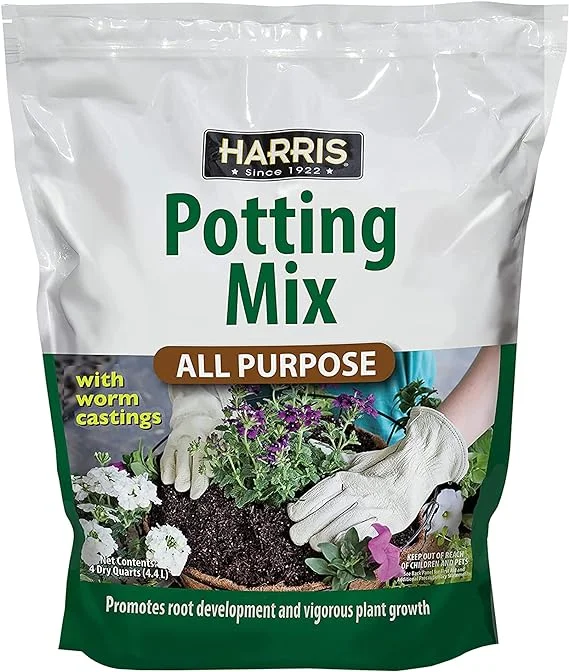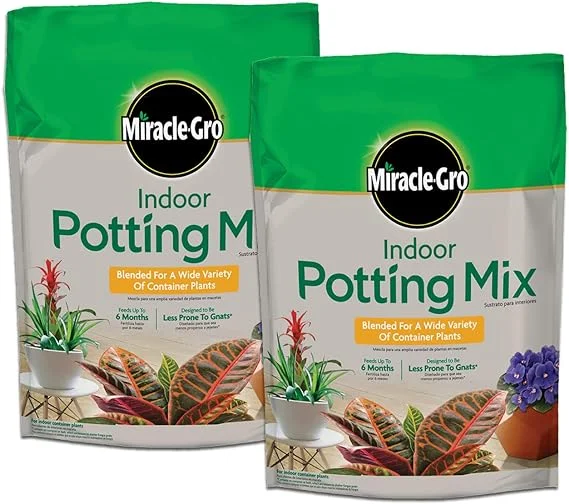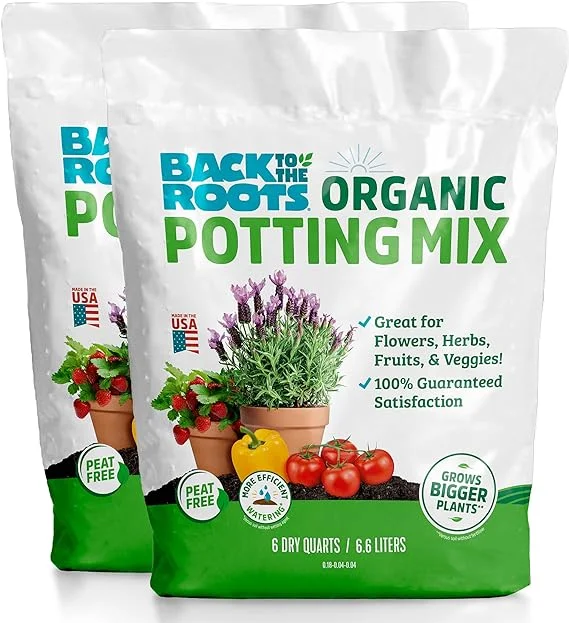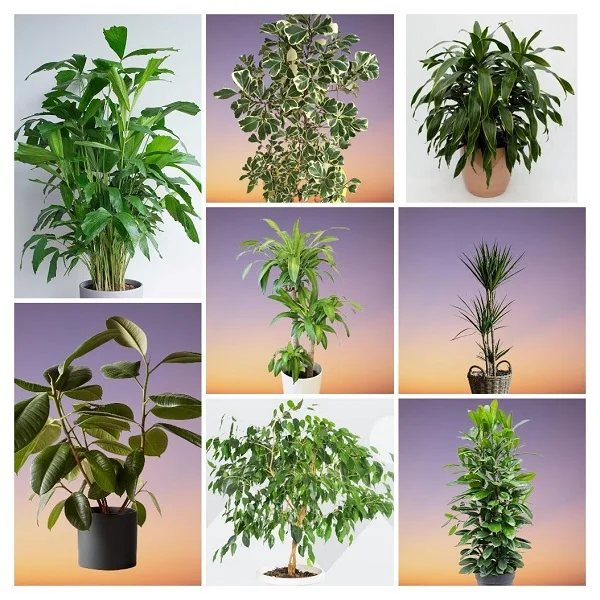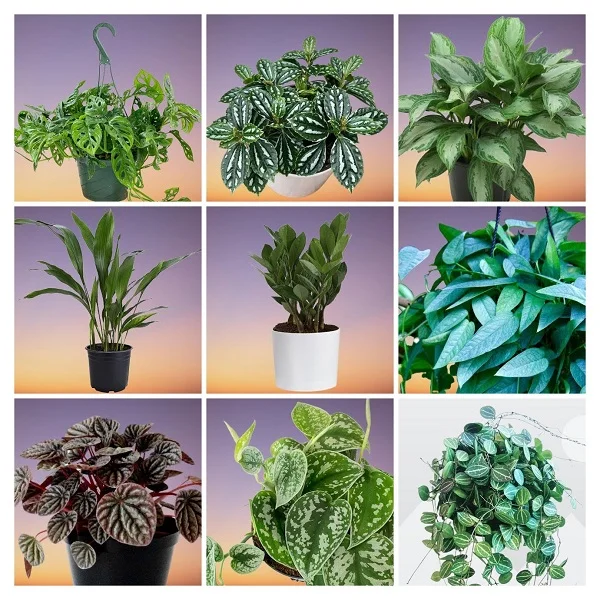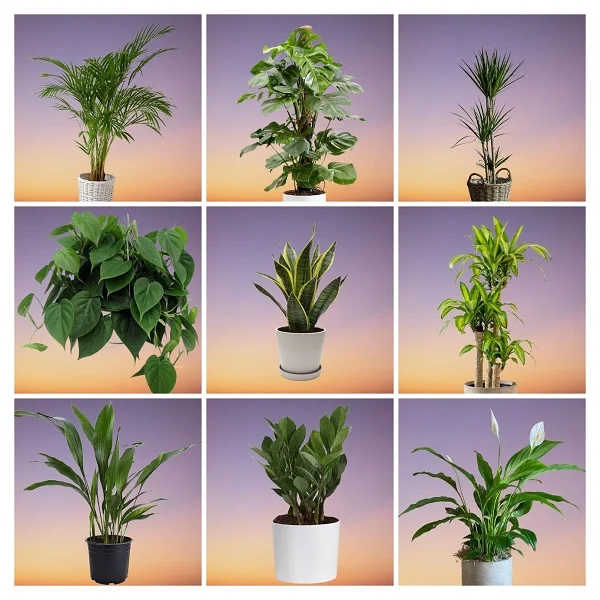How to Propagate Codiaeum variegatum (Crotons) by 3 Easy Methods
Some links in this post may be affiliate links
Codiaeum variegatum (Crotons) are easily propagated by air layering or from stem cuttings. The stem cuttings can be rooted either in water or in soil.
The best time to propagate Crotons is in spring to early summer when the plant is actively growing as it hastens establishment. The warm temperatures and longer days help new roots to develop quickly. Avoid propagating in winter or when the plant is stressed as it slows rooting.
With simple techniques, you can create new plants from your existing Codiaeum variegatum. In this guide, we discuss how to propagate Croton Plants successfully in 3 easy ways.

(A) Propagating Codiaeum variegatum from stem cuttings
Step 1: Gather your supplies
- Sharp, sterilized pruning shears or scissors
- A clean jar of water or a propagation station
- Small pots with a drainage hole
- Well-draining soil
- Rooting hormone to speeds up root development
- A plastic bag or humidity dome
Step 2: Choosing a healthy plant
Select a vibrant, healthy mother plant; healthy parent plants give your cuttings a strong head start. The following is what to look for:
- Bright, colorful foliage.
- No signs of pests or disease.
- Firm, upright stems.
- Strong growth; avoid weak, leggy plants.
Step 3: Take stem cuttings
- With a sharp, sterilized pruning scissors, take 4-6 inches long stem cuttings with at least one node. Cut the stem just below the node as this is where new growth will come from.
- Remove the lower leaves, leaving only 2–3 leaves at the top.
- Allow the sap to dry and then dip the lower cut end cutting in a rooting hormone to hasten rooting.
Step 4: Choose water or soil propagation
Choose either water or soil propagation. Both methods are effective, and choosing one depends on your preference.
Water Propagation: Simple and visual. Watch roots grow in a clear jar.
Soil Propagation: Direct planting in soil, skips transplant shock later.
1. How to Propagate Croton Plants from stem cuttings in water
- Place the cuttings in a jar of plain room temperature water or in a propagation station. Make sure the nodes are submerged, but not the leaves
- Place the set up in a warm, well-lit spot away from direct sunlight. Change the water every 5-7 days to prevent fungal growth.
- Root should appear in 1-2 weeks. When the roots are about 2-4 inches long, transfer the cuttings into individual pots in moist, well-draining soil to prevent waterlogging.
- Position the set up in a warm, well-lit place away from direct sunlight to prevent scorching.
- Maintain the soil moist until there is substantial growth after which you can begin routine care.
2. How to Propagate Crotons Plants from stem cuttings in soil
- Fill a small pot with well-draining potting mix, moisten it lightly and make a hole in the center. Ensure that the hole is slightly wider than the base of the cutting.
- Insert about 1-2 inches of the lower cut end of the cutting in the previously made hole and lightly firm the soil around the cutting while taking care not to bury it too deep.
- To hasten rooting, create a mini-greenhouse by covering the set up with a clear plastic bag or humidity dome.
- Ensure the leaves of the cutting do not touch the plastic bag too much by propping it up with sticks.
- Place the set up in warm place under bright indirect light away from direct sunlight.
- Maintain the soil moist until new growth emerges; new growth indicates that the cutting has rooted. In about 2–3 weeks, rooting should occur.
- Gradually over a period of two weeks, remove the plastic bag cover or humidity dome to acclimate the new plant to ordinary growing conditions after which you can begin routine care.

(B) Propagating Codiaeum variegatum by air layering
Gather your supplies
- Small pots with a drainage hole
- Well-draining soil
3. How to Propagate Croton Plants by air layering
- Make a notch on the stem of a healthy plant and coat the notch with a rooting hormone to hasten rooting.
- Surround the notched area with damp moss and then cover it with a polythene film or clear plastic wrap.
- Maintain the moss moist through out and allow some time for roots to develop in the notched area.
- After the roots have formed and about 2 inches long, the stem is now ready to be seperated from the mother plant.
- Sever the stem just below the covered part with a sharp cutting tool like a sterlized knife or a sharp, clean pair of pruning scissors. New shoots will sprout from the shortened stem of the mother plant.
- Carefully remove the polythene and get ready to pot the rooted stem.
- Select a 6 or 8 inches pot and ensure that the pot has a drainage hole to prevent the soil from getting soggy as it can lead to rotting.
- Fill the pot with free-draining potting mix and make a hole in the center of the pot. Ensure that the hole is slightly wider than the root base of the cutting.
- Place the rooted cutting in the previously made hole and lightly firm the soil around the base of the stem while taking care not to bury it too deep.
- Water the soil thoroughly and place the set up in a well-lit, warm place until the new plant is well established after which you can begin routine care.
Caring for Newly Propagated Crotons
Once you have propagated Croton Plants, proper care is essential for their optimal growth growth.
- Keep the soil consistently moist but never soggy.
- Place the new plants in bright light with some direct sunshine.
- Avoid direct sunlight to prevent leaf scorching.
- Maintain a humidity of 60-70% for faster growth.
- Give it a warmth of 21-250C.
- Begin light fertilizing after 6–8 weeks.
How to care for Codiaeum variegatum indoors
Codiaeum variegatum care indoors entails providing bright light with 4-6 hours of direct morning or late evening sunlight, warmth of 18-270C, humidity of 60-70% and consistently moist, rich, well-drained soil coupled with fortnightly feeding during the growing season. Learn how to grow and care for Codiaeum variegatum (Crotons) indoors.
You liked it? Share on social media.
Related Content
Amazon Associates Disclosure
Homeplantsguide.com is a participant in the Amazon Services LLC Associates Program, an affiliate advertising program designed to provide a means for sites to earn advertising fees by advertising and linking to amazon.com.
